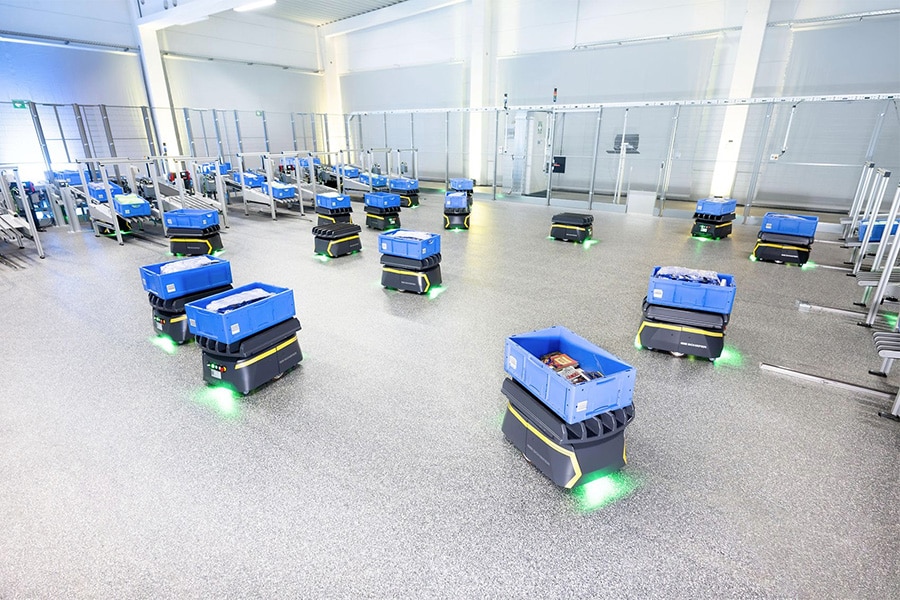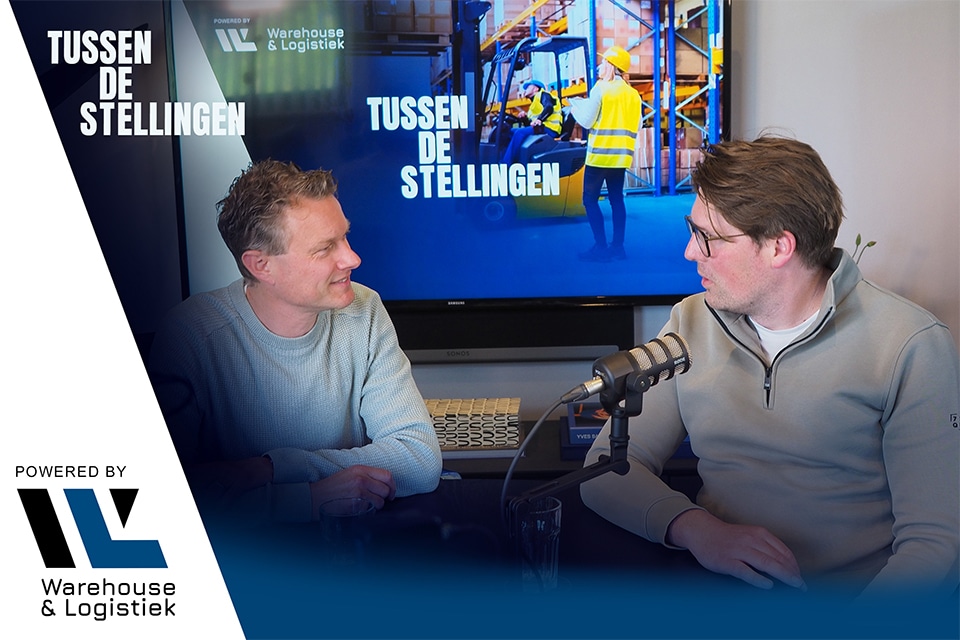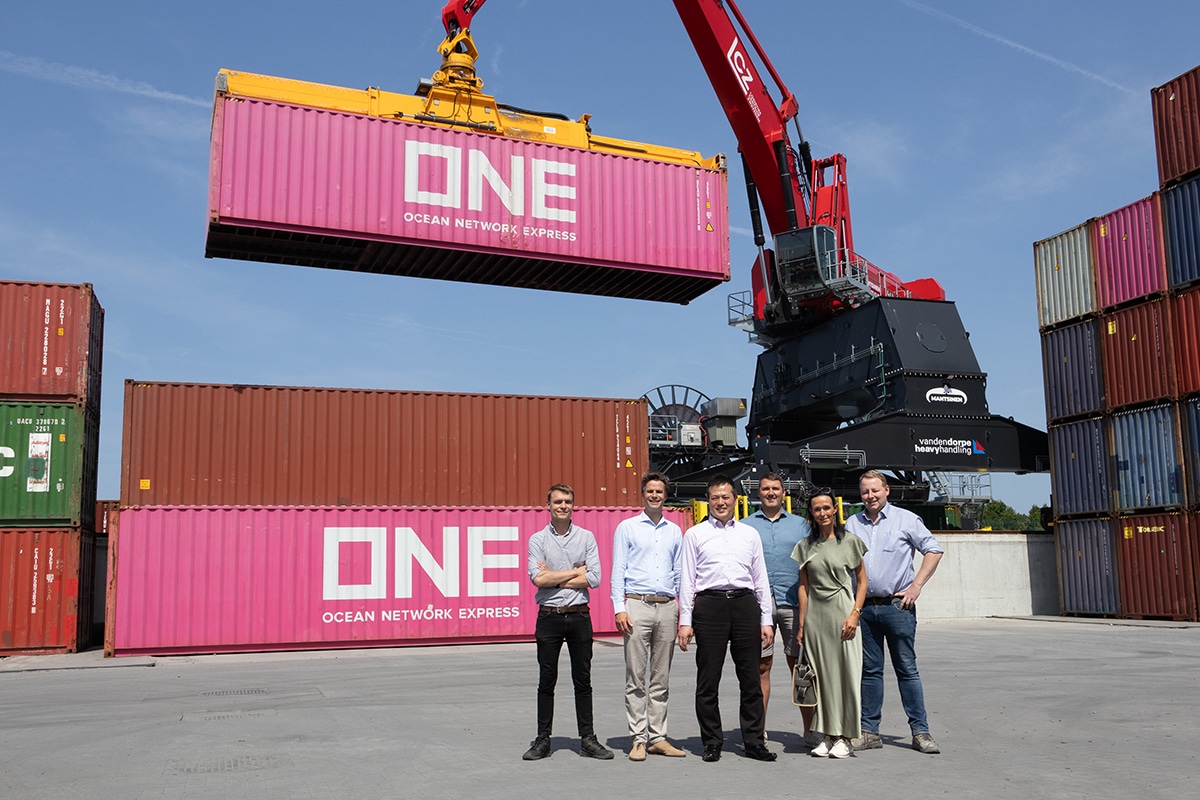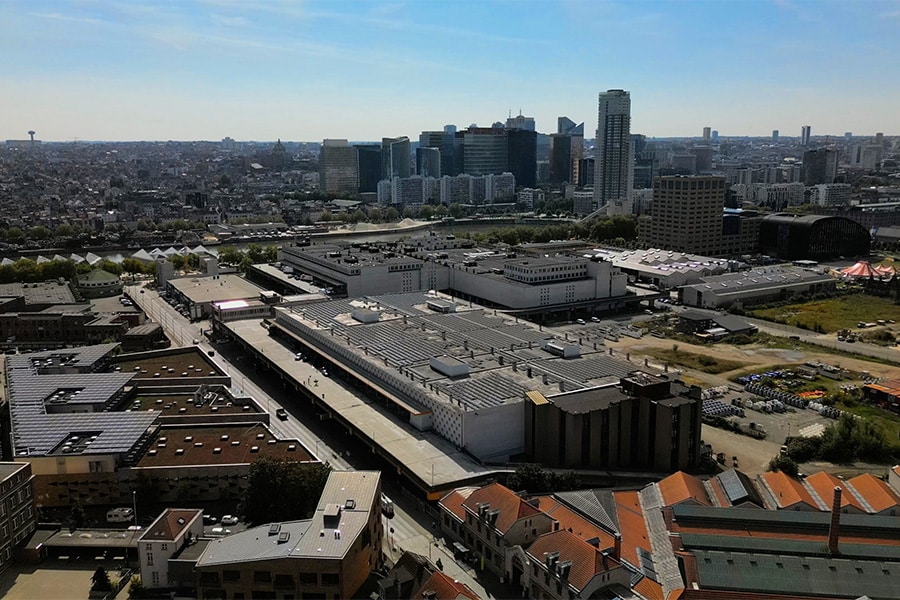
Logistics space rental in Brussels? Find available warehouses and waterfront units
Finding a suitable logistics location in the city is anything but easy. Yet that is exactly what the Port of Brussels offers today: flexible business space in a strategic location, close to the center. Ideal for sustainable distribution and urban activities.
The Port of Brussels manages a 116-hectare site and more than 8 kilometers of quays along the canal, between Vilvoorde and the South Station. A stone's throw from the city center, it gives companies access to a wide range of storage and office space. "It is remarkable how many entrepreneurs do not know that we offer such logistical possibilities here," says Luc Donck, team manager of Business Development at the Port of Brussels. "We have a prime location: close to the center, easily accessible and right on the Antwerp-Brussels-Charleroi axis. We like to call it the ABC axis."
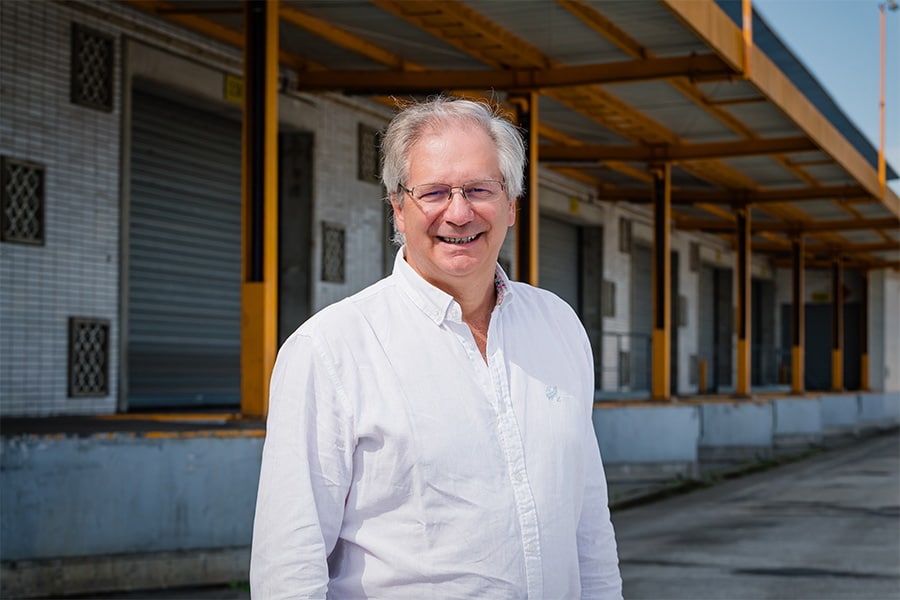
Expiring concessions offer new opportunities
The available sites are modular. "We offer surfaces from 20 to 10,000 square meters. That's exceptional in an urban context," Donck continues. "Thus, a start-up, an SME as well as a large company can all come to their senses with us."
With this offer, the Port focuses on companies active in logistics, distribution, recycling and urban services. But IT companies or circular initiatives will also find their place here. A number of expiring concessions will now free up space for new players. "We can gear our rental conditions to strategic and sustainable projects. Companies that make efforts around environmental impact have extra opportunities with us. As a public institution, we have an important role to play in this."
In addition to this financial flexibility, the Port also thinks about the content of the sites. When allocating spaces, it looks for possible synergies between companies. This creates opportunities for cooperation and shared use of space, often the seeds of innovative business models and more efficient logistics processes.

From warehouse to logistics hub
The center of gravity of the current offer is around the TIR center, near Thurn & Taxis. There, the Port makes more than 100,000 m² of logistics space available, spread over three large buildings. "We want to develop that area into a center for urban logistics, with a strong focus on smaller-scale and environmentally friendly transport. Fewer trucks, more cargo bikes and electric vehicles."
In addition to using the waterway, the outer port has also had a rail connection since last year. "Between the Van Praet Bridge and Vilvoorde, we now have a fully-fledged trimodal zone. This strengthens our role as a hub in the supply of Brussels. By combining water and rail transport with emission-free last-mile solutions, we relieve traffic pressure and contribute to more sustainable urban mobility."
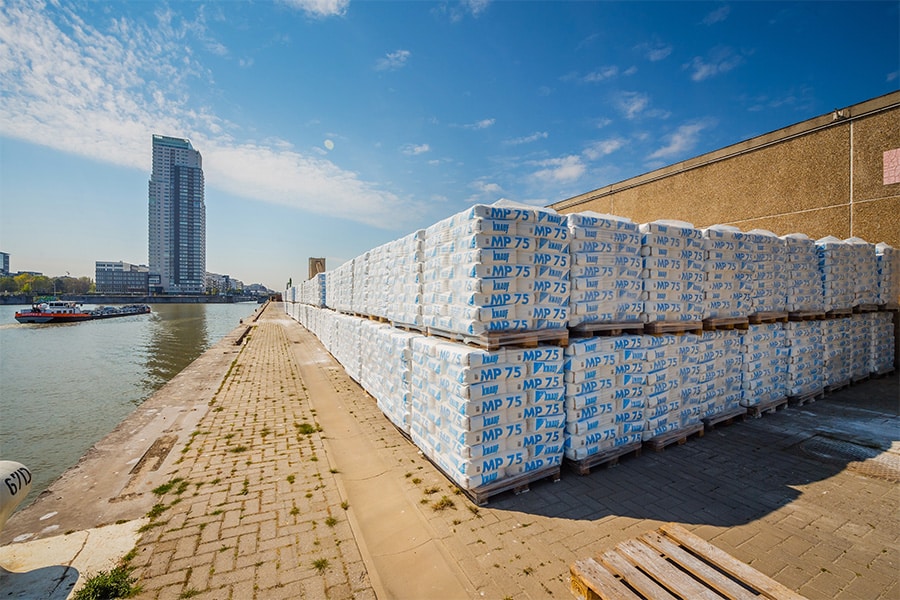
Economic engine with public mission
The Port's ambition goes beyond real estate development. It wants to actively contribute to the economic resilience of the Brussels Region and profile itself as the partner for future-oriented logistics players. "We see ourselves as a public actor with a mission. We support local employment, encourage sustainable initiatives and invest in robust logistics infrastructure."
The last words are for Gert Van der Eeken, Director General of the Port of Brussels: "By making these spaces available, we offer companies a unique opportunity to establish themselves in a strategic location. In this way, we not only strengthen the competitiveness of Brussels, but also the diversity of economic activities around the port. And we confirm our central role in the urban logistics chain."
